You have likely scrolled past a flash sale for your favorite brand on social media to later realize you cannot find the advertisement on the brand page, which is weird because you see other advertisements. Where did the ad go, or did the brand delete the post? The answer, no.
Rather, you have discovered a social branding tactic called dark ads. Dark ads are unique ads that show up as sponsored content only on the feeds of those who fit certain targeting parameters, such as age-based, geotargeting, behavioral and more recently psychographic, among others. The ads cannot be viewed on a brands timeline, instead they can only be seen on a user’s feed if they fit the specific targeting put in place.
In comparison, ads that live on brand timelines organically but also have advertising dollars supporting them are called boosted ads.
With that information, why would a brand choose one tactic over the other and what type of ad would work best for your brand? When deciding between dark ads and boosted ads, there are important details to take into consideration.
Reaching Your Audience
Dark ads reach your targeted audience, which tends to be a smaller pool of people. They also serve as a way to alleviate promotional advertising clutter from your timeline, making dark ads a great way to test creative with different audiences without overloading your feed.
Boosted ads, or boosts tend to reach significantly more people and have higher engagement rates due to the fact they are being viewed both organically and from a paid perspective. Meaning, your followers and page visitors are seeing your ads as well new customers. Boosts are great for retention and acquisition of new customers.
Ad Format Varies
Undoubtedly a perk of dark ads is their ability to allow for more complex advertising in terms of ad format. You can promote using various formats like static banners, videos, and carousels under one campaign, whereas you are limited in a single format when boosting.
Targeting
Dark ads allow for much more powerful targeting options compared to boosting. When creating dark ads there is much more room for customization with custom and lookalike audiences. These ads also open up more flexibility in marketing objectives.
Cost Comparison
Dark ads and boosts both require advertising dollars but boosting tends to be cheaper than dark ads.
The Data Shows
Universal Media took a deeper dive into dark ads versus boosted ads by analyzing over 4,000 of our agency’s campaigns over a 6-month period. During our research, we looked at cumulative performance as well as breaking down campaigns by platform and creative format.
When analyzing the data, we compared our top KPIs to campaign averages. Boosts produced +37% higher than the average for ad engagement, +2% higher for conversion rate and an impressive +232% online conversion rate. Dark ads produced +4% higher than average CTRs and a lower Cost per Acquisition (CPA) of -0.2%.
In analyzing banners versus videos by tactic, banner boosts resulted in an increase +185% ad engagement and video boosts produced a +276% higher online conversion rate. Consumers are engaging more with static banners but convert at a much higher percentage when served video ads.
So no, the post wasn’t deleted. It was a dark post, a unique, targeted ad. And when compared to boosted posts and organic posts, dark posts don’t appear on a user’s timeline organically. They only show up as sponsored content in the feeds of the users you are targeting directly.
Overall, both dark ads and boosted ads have benefits and some drawbacks. It is clear when comparing the two ads there are several factors that must be weighed prior to deciding on what suits your brand best.


